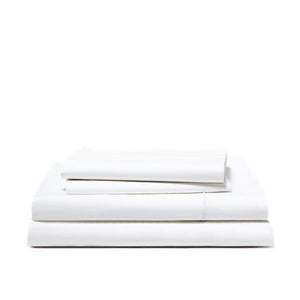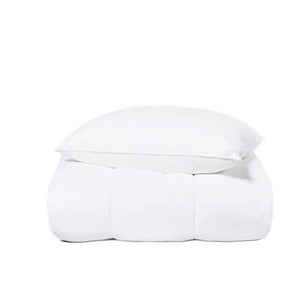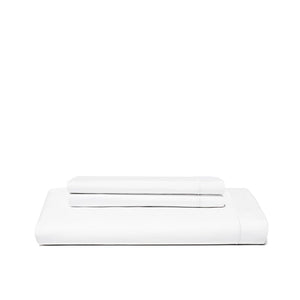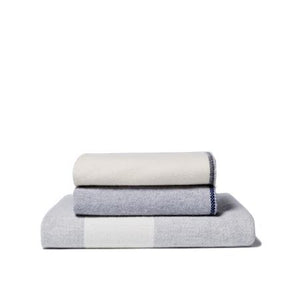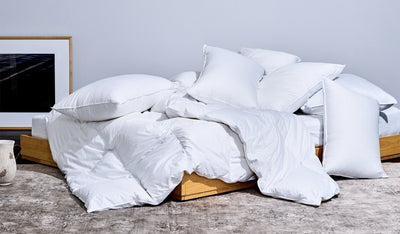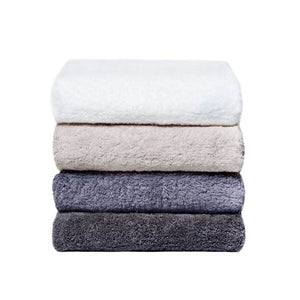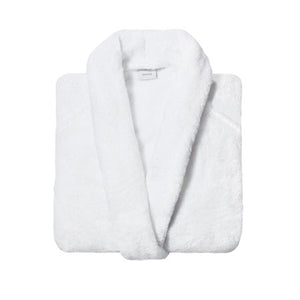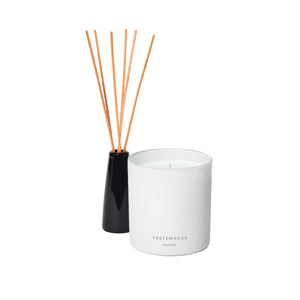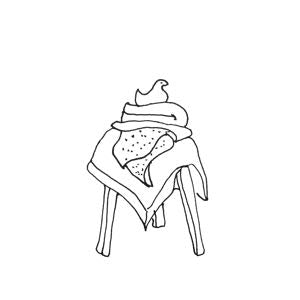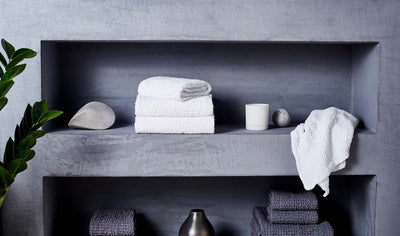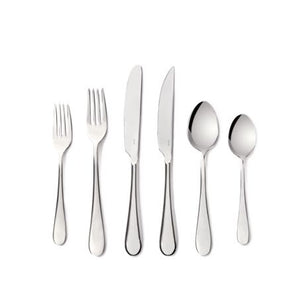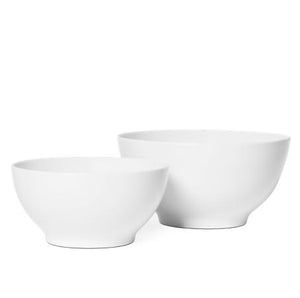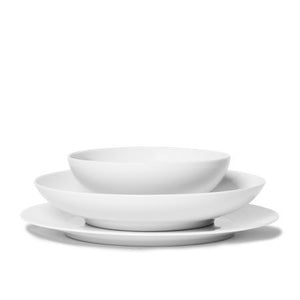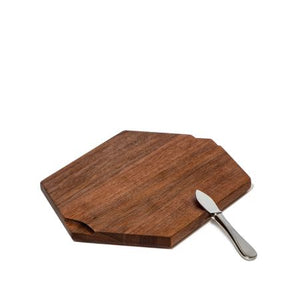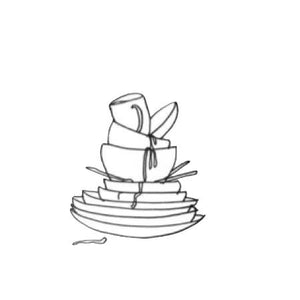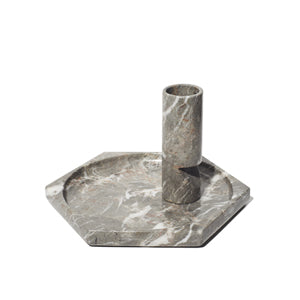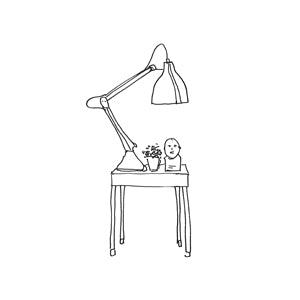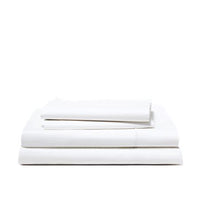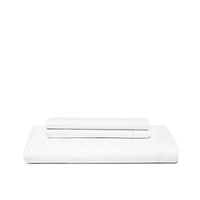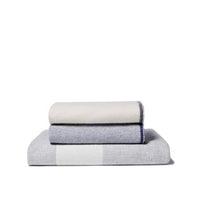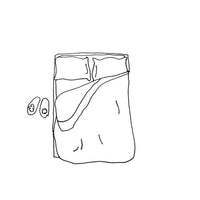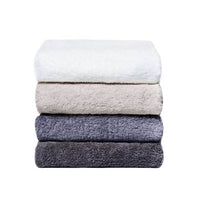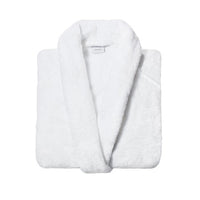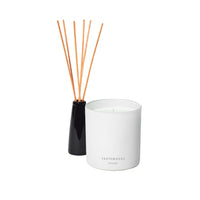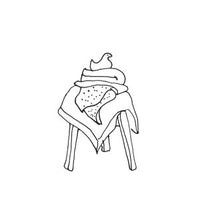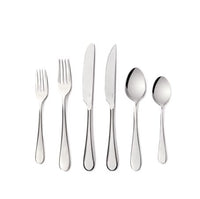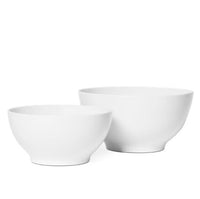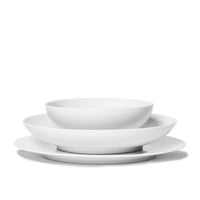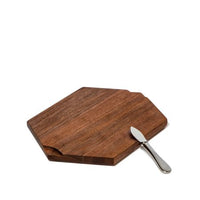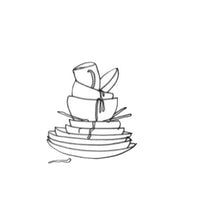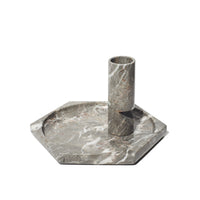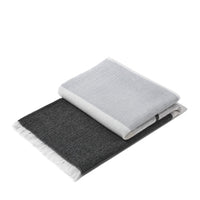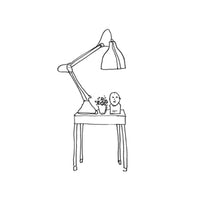What is sateen? When you're shopping for new bedding, this question might come to mind. Understanding this term is important because many brands use it when describing their fabrics.
But what does "sateen" really mean?
Let's break it down in simple terms: learn what the benefits of sateen are, how to take care of it, and how to choose the best sateen for your needs.
Sateen fabric is often woven using a "four-over-one-under" technique, where horizontal threads go over four vertical ones and then under one. This special way of weaving gives sateen its smooth feel and slight shine. It also makes the fabric flexible and easy to breathe through. That's why sateen is a favorite for things like bedding, clothes, and curtains.
Sateen vs. Satin
Sateen fabric and satin fabric look similar because both are shiny, but they are different in how they are made.
Satin is made with a special weave where threads float over others, creating a smooth, shiny surface. It is usually made from silk, but can also be made from polyester, nylon, and acetate. These materials imitate the shine and softness of silk and are cheaper and more durable. Satin is used for clothes, bedding, and upholstery.
Sateen, on the other hand, is made with a similar weave but uses cotton fibers. This gives it a softer feel and a more subtle shine compared to satin.
Sateen vs. Percale
When it comes to quality, sateen fabric is often compared with other cotton fabrics such as percale.
Percale sheets are renowned for their crisp, cool texture, thanks to their plain weave construction. Organic percale sheets are also a great choice for their hypoallergenic properties, durability, and eco-friendliness
The quality of sateen fabric is often measured by its thread count, which refers to the number of threads woven into one square inch of fabric.
Higher thread count sateen fabrics are often considered to be of higher quality as they are more durable and have a smoother surface.
This gives the fabric a luxurious feel and makes it more durable.
Sateen fabric can also be made from other materials such as rayon or nylon, but these fabrics may not have the same level of quality as cotton sateen.
Why Choose Sateen Bed Sheets?

Sateen is a luxurious fabric that offers several benefits for your bed. In this section, we will discuss the most significant advantages of sateen sheets.
Comfort and Quality
Sateen sheets offer a luxurious feel and softness that is unmatched by other types of sheets.
The fabric is made from long-staple cotton fibers, which make it durable and soft to the touch.
The sateen weave also gives the sheets a silky-smooth texture that feels great against your skin.
This combination of softness and durability makes sateen sheets an excellent investment in your sleep comfort.
Aesthetic Appeal
Sateen sheets have an elegant appearance that can add a touch of luxury to any bedroom.
The sheen of the fabric gives it a shiny appearance that looks great in any lighting.
The fabric is also available in a wide range of colors, making it easy to find a set that matches your decor.
Practical Advantages
Sateen sheets are not just beautiful; they are also practical.
The fabric is wrinkle-resistant, which means you can enjoy a smooth, crisp look without ironing.
Sateen sheets are also easy to care for and machine washable, making them a convenient choice for busy households.
In terms of warmth and breathability, sateen sheets offer a balance between the two.
The weave of the fabric allows for some air circulation, which can help regulate your body temperature while you sleep.
However, the fabric is also dense enough to provide warmth on colder nights.

Sateen bedding is a luxurious addition to any bedroom, but it requires special care to maintain its softness, shine, and durability. Here are the best practices for washing, drying, ironing, and maintaining your sateen sheets and bed linen.
Washing and Drying
When washing sateen bedding, you should always follow the care instructions provided by the manufacturer.
Most sateen sheets are machine washable, but you should use cold water and a gentle cycle to avoid damaging the fabric.
Avoid using bleach or fabric softeners, as they can cause discoloration and reduce the softness of the fabric.
After washing, you can tumble dry your sateen sheets on low heat.
Be sure to remove them from the dryer as soon as they are dry to avoid wrinkles and shrinkage.
If you prefer to air dry your sheets, you can hang them outside or on a drying rack, but avoid direct sunlight, as it can cause fading.
Ironing and Maintenance
Sateen sheets are prone to wrinkles, so ironing is often necessary to maintain their smooth appearance.
To iron your sateen sheets, use a low heat setting and iron them while they are still slightly damp.
You can also use a steamer to remove wrinkles without direct contact with the fabric.
It is important to follow the care instructions provided by the manufacturer to avoid damaging your sateen sheets.
Avoid using high heat or harsh chemicals, as they can cause discoloration, shrinkage, and snags.
Avoiding Common Issues
To keep your sateen sheets looking and feeling their best, you should avoid common issues such as pilling, fading, and shrinkage.
Pilling can be caused by friction, so avoid washing your sateen sheets with rough fabrics or clothing.
Fading can be caused by exposure to sunlight, so avoid hanging your sheets in direct sunlight or near windows.
Shrinkage can be caused by high heat or incorrect washing and drying techniques, so always follow the care instructions provided by the manufacturer.
If you notice any snags or loose threads, avoid pulling them, as it can cause further damage to the fabric. Instead, trim them with a pair of scissors.
Recommended Articles:

When choosing sateen products, there are a number of factors that you should consider to ensure that you are getting the best quality for your money. In this section, we will discuss some of the most important factors to keep in mind when selecting sateen bedding or fabric.
Factors to Consider
Weave Structure
Sateen is a type of weave that is characterized by its lustrous sheen and silky feel.
Unlike other types of weaves, such as plain or twill, sateen is made by floating the warp threads over the weft threads, which creates a smooth, shiny surface on one side of the fabric.
This weave structure also gives sateen its characteristic weight and drape, which can make it a great choice for bedding and other home decor items.
Fiber Quality
The quality of the fiber used to make sateen products can have a big impact on their durability, softness, and overall performance.
Look for products made with high-quality cotton, such as organic or Pima cotton, which are known for their strength and softness.
These fibers are also less likely to pill or wear out over time, which can help your sateen products last longer.
Thread Count
Thread count is a measure of the number of threads woven into one square inch of fabric.
While a high thread count can indicate a softer, more luxurious feel, it is not always a reliable indicator of quality.
In fact, some manufacturers use lower-quality fibers and a higher thread count to create the illusion of a high-end product.
Instead of relying solely on thread count, look for products that are made with high-quality fibers and a weave structure that is appropriate for the intended use.
Identifying Quality Sateen
When shopping for sateen products, there are a few key indicators of quality that you should look for. These include:
-
A smooth, even surface with a lustrous sheen
-
A weight and drape that feels substantial but not too heavy
-
A soft, silky feel that is comfortable against the skin
-
A durable construction that is less likely to pill or wear out over time
By keeping these factors in mind, you can identify high-quality sateen products that will look and feel great for years to come.
Conclusion
Sateen is an exceptional fabric for bedding, offering a luxurious feel and subtle sheen. Its "four-over-one-under" weave, crafted from high-quality long-staple cotton, ensures both durability and comfort, making it a practical yet elegant choice.
By prioritizing fiber quality, weave structure, and thread count, sateen sheets provide a perfect balance of warmth and breathability, suitable for any climate. Choosing sateen bedding not only enhances your sleep experience but also adds a touch of everyday luxury to your life. check out our premium sateen set collection today!
Frequently Asked Questions

What are the typical uses for sateen fabric?
Sateen fabric is commonly used in the production of bedding, such as sheets, pillowcases, and duvet covers.
Due to its smooth and lustrous appearance, it is also used in the production of clothing items, including dresses, blouses, and skirts.
From what materials is sateen commonly produced?
Sateen is usually made from cotton, although it can also be produced from synthetic materials such as polyester or rayon.
Egyptian cotton is a high-quality cotton often used in the production of sateen fabrics.
Is sateen good for the skin?
Yes. The porosity of sateen fabric also means that it dries faster and doesn't accumulate moisture. These properties make sateen hypoallergenic, great for those with allergies and sensitive skin. This is because Sateen naturally repels moisture and odors, the ideal environment for the proliferation of bacteria and dust mites
Can sateen fabric be used for clothing?
Yes, sateen fabric is versatile and can be used for clothing such as shirts, dresses, and skirts. Its smooth texture and subtle sheen add a touch of elegance to garments.
